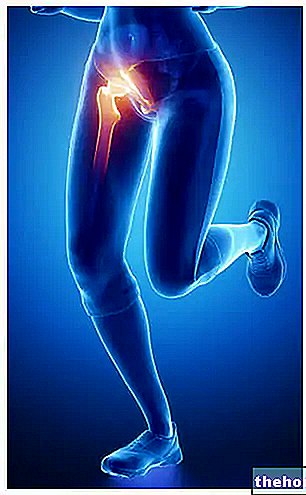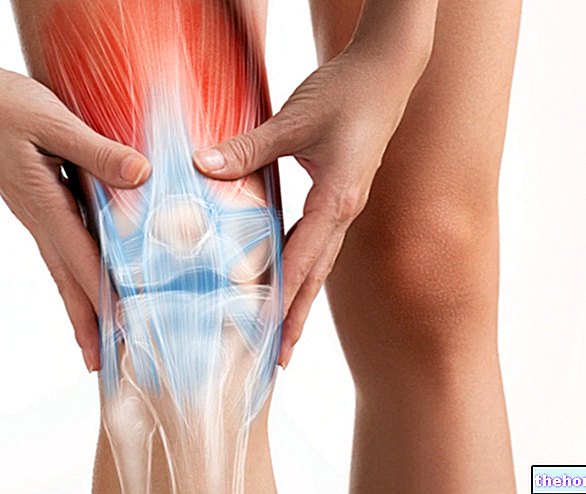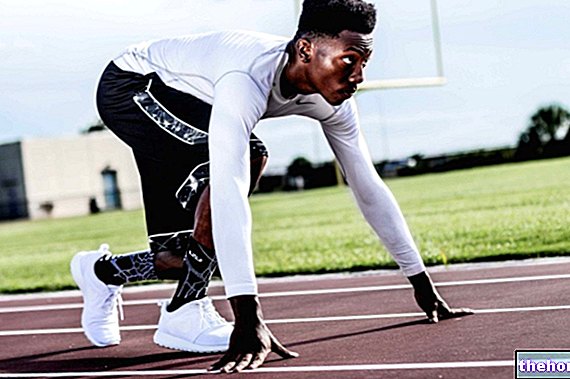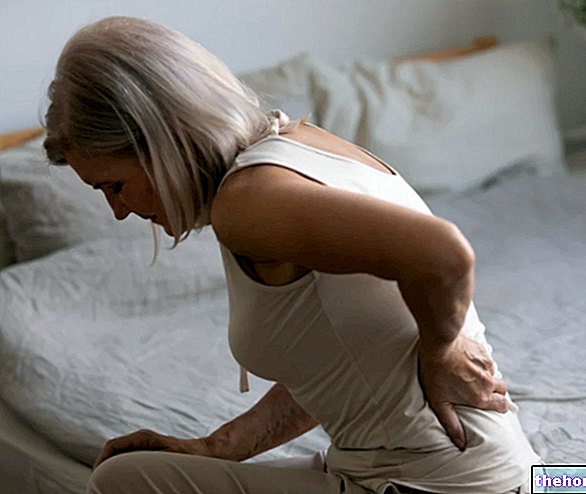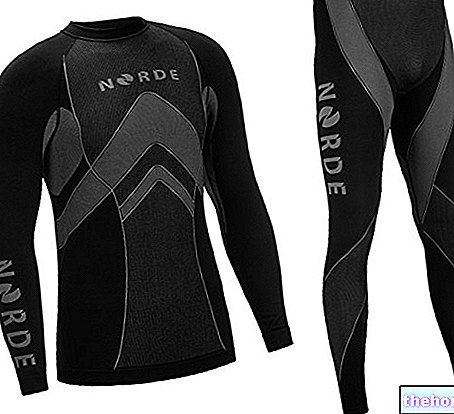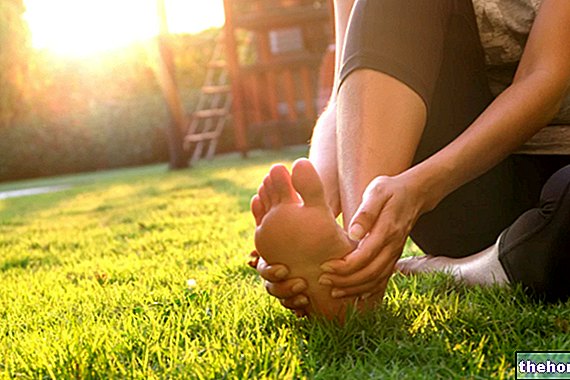Edited by Doctor Maurizio Cancenda
Results and discussion
The results of the exposed experience are being systematized in a research project, still in progress, on the basis of scientific evidence.
Currently, in the vast majority of cases treated with some continuity, the following results have emerged:
1. increased awareness and quality of movement by the people who followed the program;
2. reduction and disappearance of pain and discomfort symptoms;
3. acquisition of a more functional posture;4. reduction of the intake of anti-inflammatory drugs, muscle relaxants and painkillers.
The people treated have acquired the awareness that only a constant care of themselves, their back and their posture, provides stable results in terms of efficiency and well-being.
Compared to other approaches, the following experience has focused on two fundamental aspects: firstly, a conception of postural re-education according to a global approach, in which the biomechanical component is integrated with the neuromotor and psychomotor one.
The author found in the Feldenkrais Method® a movement education system at the service of the person's balance and health. The line followed was to improve body awareness in order to abandon the perspective of limited therapy in time to follow that of education and self-care. The goal is to teach people to be the interpreters and not the passive spectators of their own vertebral and postural health. The second aspect concerns the development of the program in a climate of multidisciplinary collaborations, the only one, in the opinion of the Author, able to solve a problem such as that of rachialgia, which affects various scientific fields.
We navigate in a research sector in which medical, physiotherapy, psychological skills and, last but not least, skills relating to motor and postural education meet. For these reasons, the work has made use of the precious collaboration of many specialists together with whom we it dealt with the health, including vertebral, of the people involved in the research.
Conclusions
The exposition of the operative idea and of the experience carried out highlights how it is possible to create structural and methodological conditions in which people, in a favorable and positive climate, can solve sometimes disabling problems such as those of back pain and postural alterations.

We do not seek an ideal posture that must conform to mere biomechanical principles.
Through the movement lessons and through the individual lessons of functional integration, the student becomes aware of his / her dynamic postural patterns and of the relationship between them and his / her being.
In a favorable learning climate he experiments, through small adjustments, new options that will enrich his sensory-motor heritage.
Posture becomes more efficient, more comfortable and more plastic.
Bibliography
1. ALON R., Overcoming back pain with the Feldenkrais method, Red Edizioni, Milan, 1993.
2. AMBROSIO F., The Feldenkrais method, Xenia Edizioni, Milan, 2004.
3. BERSI G., Lumbar pain. Guide to understanding, prevention and treatment, UTET, Milan, 1995.
4. CANCEDDA M., The psychomotor approach in postural education, Medical gymnastics, 1-2, 1996.
5. CANCEDDA M., Spinal re-education - Feldenkrais® Method, Il Ginnasio Edizioni, Genoa, 2002.
6. CANCEDDA M., Course of vertebral gymnastics with the Feldenkrais ® Method (audio), Il Ginnasio Edizioni, Genoa, 2003.
7. FISK J.R., Back schools: past, present, future, Clinical Orthopedics and related research, 179, 1983.
8. FELDENDENKRAIS M., Getting to know each other through movement, Celuc, Milan, 1978.
9. FELDENDENKRAIS M., The bases of the method for the awareness of psychomotor processes, Astrolabio Publishing House, Rome, 1991.
10. FELDENDENKRAIS M., The Feldenkrais Method, Red Editions, Milan, 1991.
11. FELDENDENKRAIS M., The body and mature behavior, Ed. Astrolabio, Rome, 1996.
12. GOLDFARB L.W. , Felden ... what ?, in Theory and practice of the Feldenkrais Method, AIIMF, Florence, 2001.
13. HEGGIE J., The use of the eyes in movement, Woodstone Books, Boulder, CO, USA, 1985.
14. NACHEMSON A.L., The Spine - An Orthopedic Challenge, Spine, 1, 1976.
15. RYWERANT Y., Functional integration. Theory and practice of the Feldenkrais method, Ed. Astrolabio, Rome, 1993.
16. ZEMACH-BERSIN D. & K., REESE M., Relax with the Feldenkrais Method, Red Edizioni, Milan, 1990.
Other articles on "Feldenkrais ® method and posture - fifth part"
- Educate the sitting posture
- Feldenkrais and posture
- Feldenkrais® method and posture - second part
- Feldenkrais® method and posture - third part

